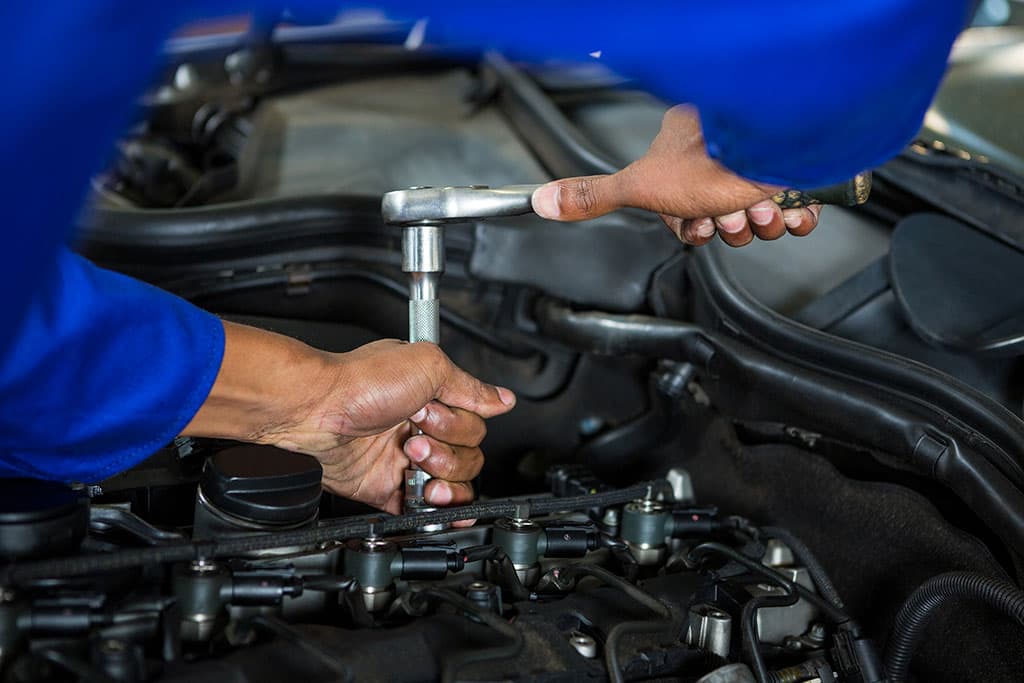Understanding torque calibration ISO 6789 standards

The differences between ISO 6789:2003 (withdrawn) and ISO 6789:2017
ISO defines the standards that torque tool calibrations must follow. In 2017, the 2003 standard (ISO 6789:2003) was withdrawn and replaced with the 2017 standard (ISO 6789:2017).
Although the 2003 standard is now classified as ‘withdrawn’, it is still requested by torque tool users and remains widely used by calibration laboratories.
Read on for an explanation of the difference between the standards and how it will affect the type of torque tool calibration your business will need.
What’s the difference between the standards?
ISO 6789:2017
The new standard, ISO 6789:2017, puts greater emphasis on the inclusion of uncertainties and takes steps to understand the factors that might cause the calibration values to vary from calibration to calibration.
Any UKAS accredited laboratory in the United Kingdom, or indeed any laboratory accredited to ISO 17025 by an appropriate organisation will be required to establish the uncertainty by conducting a number of additional steps which take the calibration process from 35 processes to around 135 processes per hand tool.
This allows for the more stringent demands of higher tech applications where absolute understanding of the torque tool is required, such as aerospace and medical.
ISO 6789:2003 (withdrawn)
In comparison, ISO 6789:2003 (withdrawn), carries out a significantly smaller number of tests during the calibration process. Although this means accuracy levels are not as high, as the testing process is not as stringent, calibrating to the 2003 standard is significantly cheaper when compared to the prices for calibrations using the 2017 standard. This standard is still typically requested by our customers in the food and drink, metals and chemical industries, along with vehicle repairers and garages.
Which type of calibration is right for me?
When deciding which type of calibration is most appropriate for your equipment, take into account the age of your torque wrench. Many older torque wrenches (pre-dating 2017), may not be built to high enough quality to pass a calibration using the 2017 standard.
If your torque wrench was built before 2017, we would recommend you choose a calibration performed under the ISO 6789:2003 (withdrawn) standard.
We offer calibrations up to 2,500Nm under both ISO 6789:2003 (withdrawn) and the latest ISO 6789:2017 standards. If you’re unsure about which standard applies to you, let us know when booking and one of our team can advise you.
Comparison: Declaration of conformance (ISO 6789:2003) vs. calibration certificate (ISO 6789-2:2017) process
| Test Procedure Breakdown | EN ISO 6789:2003 (withdrawn) | EN ISO 6789-2:2017 (latest) |
| Temperature Stabilisation | Yes | Yes |
| Pre-Load Visual Checks | Yes | Yes |
| Pre-Load to Max Capacity | Yes | Yes |
| Test Points measured in line with ISO standard | Yes | Yes |
| Adjustments (if required & where possible) | Yes | Yes |
| Measurement of Uncertainty Tests | No | Yes |
| Repeatability (40 points measured) | No | Yes |
| Reproduceabilty (20 points measured) | No | Yes |
| Interface (40 points measured) | No | Yes |
| Length dependency (20 points measured) | No | Yes |
| Declaration of Conformity produced | n/a | n/a |
| Calibration Certificate produced | Yes | Yes |
It is still acceptable to buy a new torque tool and use it based on the manufacturer’s calibration certificate supplied with the tool. However, please be aware that the new piece of paper supplied with the tool is now called a ‘declaration of conformance’.
If you are happy using the supplied declaration of conformance for a new tool, it is still advisable to arrange a periodic assessment from an in-house facility or sub-contractor. Under the new Part 1, sub-contractors will be able to continue offering this service as long as they observe the new changes. However, they will not be able to call it a ‘calibration’ and will not be able to issue a ‘calibration certificate’. They will be able to issue a declaration of conformance.
If your quality control process dictates that a calibration certificate is required, your sub-contractor will need to carry out the calibration following the standard and procedures noted in Part 2 of ISO 6789:2017. Producing a calibration certificate requires a huge amount of additional work, primarily aimed at identifying additional contributions to calibration uncertainty. Contributions can include how well the torque wrench or screwdriver is able to reproduce the same result after resetting several times, or the effects of varying the loading position or orientation of the output drive.
We offer torque calibration to parts one and two of the ISO 6789:2017 standards.
